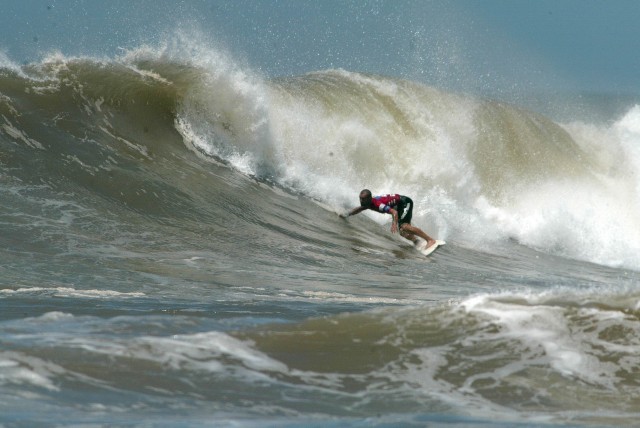The use of anabolic steroids has invaded the sport of surfing according to the international governing body that regulates the sport. At least they have been convinced that steroids represent a big problem in surfing. The Association of Surfing Professionals has announced plans to introduce extensive testing for anabolic steroids and performance-enhancing drugs in 2012.
The surfing organization has been in serious discussions with the World Anti-Doping Agency (WADA) on how to introduce a comprehensive anti-doping program into surfing. The WADA anti-doping protocol is widely considered the gold standard of steroid and PED testing for Olympic and other top level sports.
“We believe this is a natural evolution in enhancing the professionalism of our sport,” according to ASP spokesperson Dave Prodan. At the very least, it represents another victory for WADA in expanding their influence and control over anti-doping in sports.
Surfing, like any other competitive sport where speed, strength and endurance can influence performance, could see an increase in steroid use as the amount of money in the sport increases. Professional surfers compete in contests with prize money as high as $100,000.
Still, anabolic steroids and related drugs are far from commonplace in the sport. Many people think that surfers are more likely to use recreational party drugs than performance-enhancing steroids. The 1960s and 70s counter-culture sport was often associated with marijuana and LSD.
The number of surfers busted recently for marijuana, methamphetamine and cocaine continues to give some credence to this popular perception.
Triple world champion Andy Irons died in November 2010 from a heart attack brought about by an “acute mixed drug ingestion” according to the autopsy. The drugs didn’t include steroids but traces of crystal meth (methamphetamine), methadone and cocaine metabolites.
Big wave surfer Peter Davi had high levels of methamphetamine in his system when he died in December 2007.
Professional surfer Anthony Ruffo was caught selling methamphetamines and faces imprisonment for drug distribution.
But at least one surfer has been caught using anabolic steroids. Brazilian surfer Neco Padaratz was banned from professional surfing competition for one year after he tested positive for steroids. He was ranked 27th on the World Championship Tour at the time.
Padaratz tested positive for the performance-enhancing drug at the 2004 Surfing World Championship Tour in Hossegor (France). He claimed he used steroids to help him recover from a back injury. However, the ASP has a zero tolerance policy towards the use of PEDs.
Padaratz was the very first surfer caught using steroids by the ASP. He also may possibly be the only surfer ever caught using steroids by the the ASP.
The new anti-doping guidelines drafted by ASP (with the help of WADA) would bring the sport under the World Anti-Doping Code. The ASP has approved an initial budget for the testing which may be implemented as soon as this year.
While steroids may or may not be a real problem in surfing, the new anti-doping protocols could put a damper on the party image of the sport.

Photo credit: Surfaqui.com
Source:
Booth, R. (January 1, 2012). Surfers to be tested for drugs. Retrieved from http://www.guardian.co.uk/sport/2012/jan/01/surfers-drug-testing-sport

